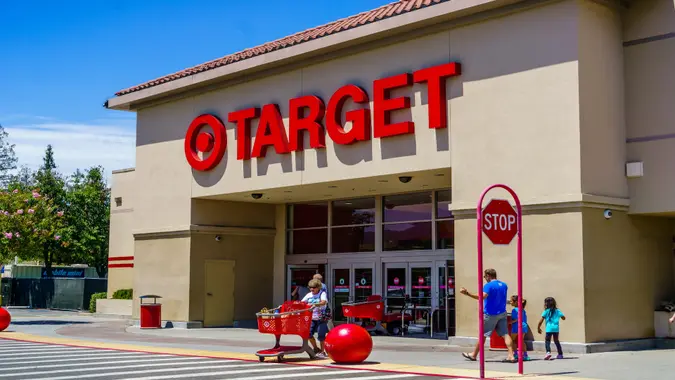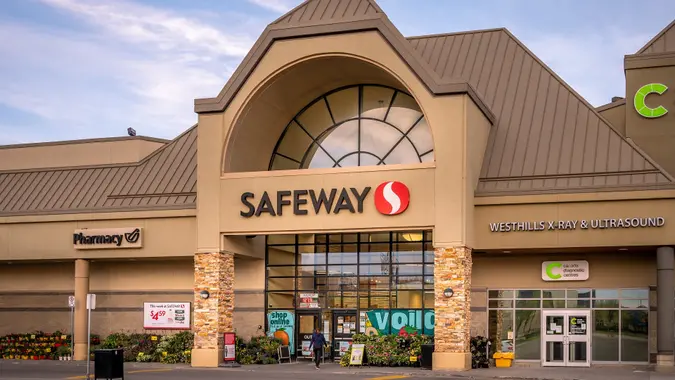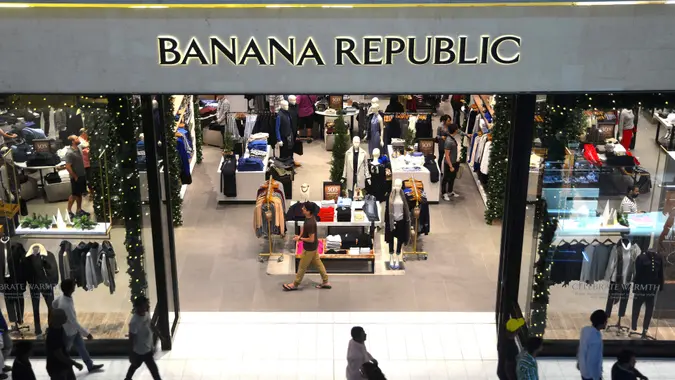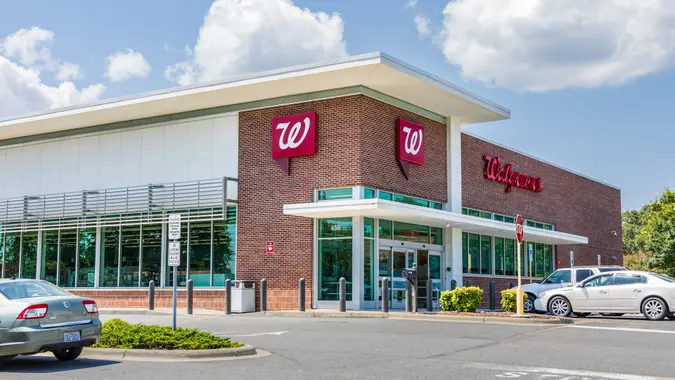Food Stamps: What Is the Maximum SNAP EBT Benefit for 2024?

Commitment to Our Readers
GOBankingRates' editorial team is committed to bringing you unbiased reviews and information. We use data-driven methodologies to evaluate financial products and services - our reviews and ratings are not influenced by advertisers. You can read more about our editorial guidelines and our products and services review methodology.

20 Years
Helping You Live Richer

Reviewed
by Experts

Trusted by
Millions of Readers
Each year, the U.S. government calculates the new maximum benefit for food stamp (Supplemental Nutritional Assistance Program, or SNAP) recipients based on inflation. The new Cost-of-Living Adjustments (COLA) go into effect on October 1 each year and are active through the following year.
For the upcoming federal fiscal year (Oct. 2023 to Sept. 2024), the U.S. Department of Agriculture Food and Nutrition Service increased allotments for 48 states and Washington, D.C., as well as Alaska, Guam and the U.S. Virgin Islands. Hawaii was the only state that saw a decrease in benefits, from $1,794 to $1,759 for a family of four.
So, what is the maximum SNAP EBT benefit for the rest of 2023?
Here are the maximum allotments for SNAP in the 48 contiguous states and D.C., according to the USDA website:
- Household size 1: $291
- Household size 2: $535
- Household size 3: $766
- Household size 4: $973
- Household size 5: $1,155
- Household size 6: $1,386
- Household size 7: $1,532
- Household size 8: $1,751
- Each additional person: $219
Shelter cap values increased — shelter caps being the amount of money SNAP recipients can deduct for rent, repair costs and utilities that exceed half of their net income. Unless one person in the household is elderly or disabled, the shelter cap increased by $48, up to $672, in the 48 contiguous states and D.C.
The resource limit for all states and territories remains unchanged at $2,750. For households where at least one person is age 60 or older or is disabled, the limit will also remain unchanged at $4,250.
Monthly income eligibility standards increased for the 48 states and D.C., Alaska, Hawaii, Guam and the U.S. Virgin Islands. Here is the maximum gross monthly income cap, which is 130% of the federal poverty level, for the 48 contiguous U.S. states and D.C.:
- Household size 1: $1,580
- Household size 2: $2,137
- Household size 3: $2,694
- Household size 4: $3,250
- Household size 5: $3.807
- Household size 6: $4,364
- Household size 7: $4,921
- Household size 8: $5,478
- Each additional person: $557
Josephine Nesbit contributed to the reporting for this story.
 Written by
Written by  Edited by
Edited by 

























